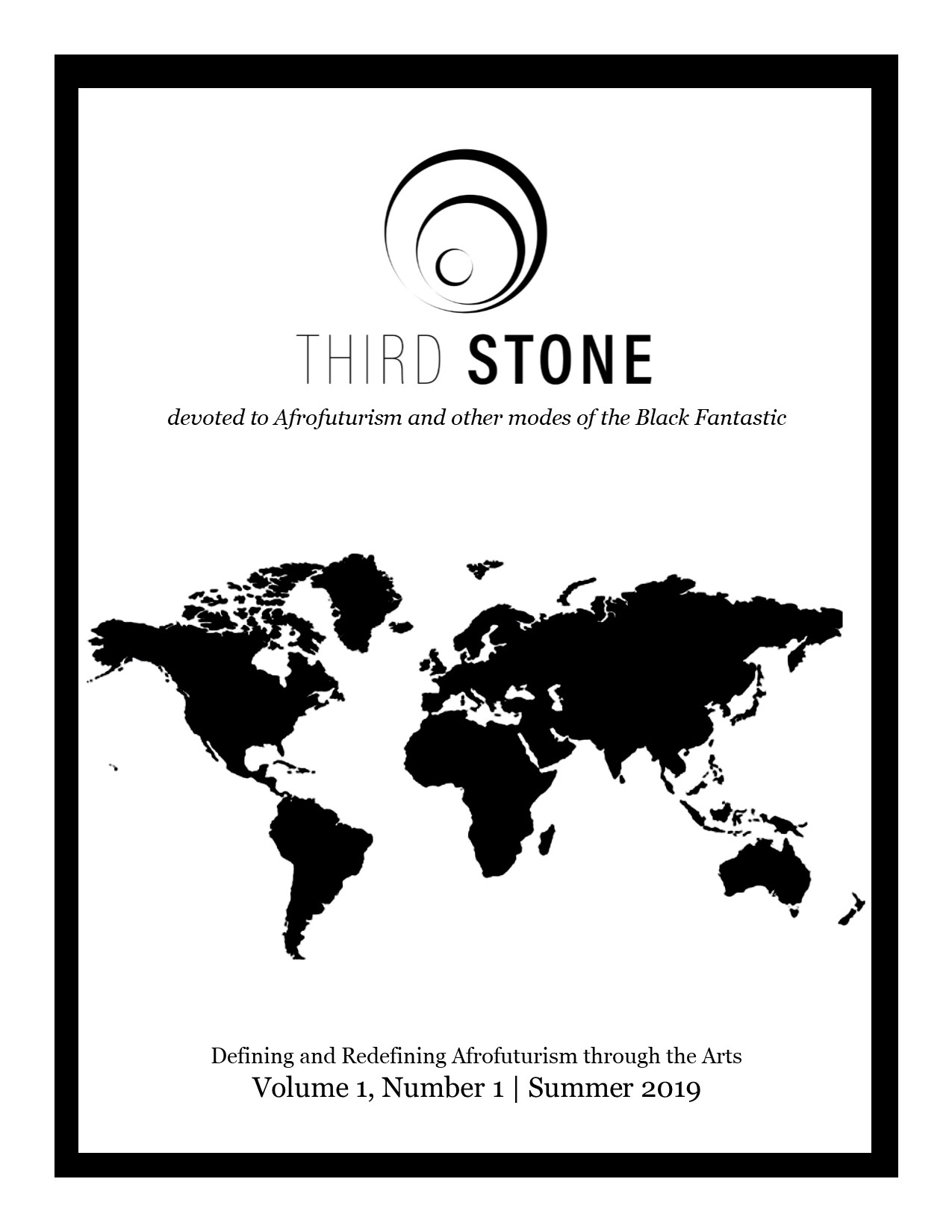Allyson Hobbs, A Chosen Exile: A History of Racial Passing in American Life. Cambridge, MA: Harvard University Press, 2014. 382 pp.Posted in Articles, Book/Video Reviews, History, Media Archive, Passing, United States on 2019-08-31 18:13Z by Steven |
49th Parallel: an interdisciplinary journal of North American Studies
Issue 37 (2015)
pages 66-68
Christopher Allen Varlack, Lecturer
University of Maryland, Baltimore County
Popularized in part during the Harlem Renaissance of the early to midtwentieth century, the passing novel, including James Weldon Johnson’s 1912 The Autobiography of an Ex-Colored Man, Walter White’s 1926 Flight, and Jessie Redmon Fauset’s 1928 Plum Bun: A Novel Without a Moral, has received a wide range of scholarship. Elaine K. Ginsberg’s 1996 study, Passing and the Fictions of Identity explores the politics of passing from the early experiences of African slaves through the present day while Gayle Wald’s 2000 Crossing the Line: Racial Passing in Twentieth-Century U.S. Literature and Culture explores cinematic and literary representations of passing produced in the United States. Together, these works reveal the struggle of an African-American community marginalized and disenfranchised within an American society defined by its Jim Crow culture and racial hierarchy. Under these circumstances, racial passing is most often an attempt to obtain what Cheryl L. Harris terms “whiteness as property” as a result of the very limited opportunities and restricted social mobility afforded to blacks. Such scholarship provides insight into the historical function of passing and the ways in which the passing novel brings to the forefront of the American consciousness an increased awareness of its changing socio-racial landscape.
In her critical work, appropriately titled, A Chosen Exile: A History of Racial Passing in American Life, Allyson Hobbs seeks to add a new dimension to this existing conversation, her book is “an effort to recover those lives” lost in the late nineteenth and early twentieth centuries as “countless African Americans [knowingly] passed as white, leaving behind families, friends, and communities without any available avenue for return” (4). Hobbs‟ work, a welcomed addition to the field, thus uses the lives of the everyday participants of passing to show not only what they gained from assuming their white identities—economic opportunity, social mobility, increased acceptance, etc.—but also what they lost along the way—the all-important connection to family and community that had long sustained the African-American people in the midst of cultural oppression. Because racialization exists all around us and “[r]ace is reproduced . . . at every level of society, including in our everyday lives”, the concerns that Hobbs advances in what proves a vital study of racial passing in American life will certainly remain, even despite the growing number of claims (which Hobbes disputes) that America has transitioned into a post-racial society (277).
Read the entire review here.

